
Ingredient
Preservative
Preserving the Goodness: Unveiling the World of Food Preservatives
Preservatives are substances added to food products to inhibit the growth of microorganisms, delay spoilage, and maintain the quality of the food. They can be natural or synthetic, and their effectiveness varies depending on the specific preservative used. Preservatives are commonly found in processed foods, beverages, and condiments.
Origins and history
The use of preservatives dates back centuries, with ancient civilizations employing various methods to preserve food, such as salting, smoking, and fermenting. As food production and distribution evolved, the need for more effective preservation techniques arose, leading to the development of modern preservatives. Today, preservatives are extensively used in the food industry to ensure food safety and prolong shelf life.
Nutritional information
Preservatives do not contribute significant nutritional value to food products. Their primary function is to prevent spoilage and maintain the quality of the food. It is important to note that excessive consumption of processed foods containing preservatives may contribute to an imbalanced diet and potential health risks.
Allergens
Some individuals may be sensitive or allergic to certain preservatives, such as sulfites or benzoates. These substances can cause adverse reactions in susceptible individuals, ranging from mild symptoms like headaches or skin rashes to more severe allergic reactions. It is crucial to read food labels and avoid products containing preservatives that trigger allergies or sensitivities.
How to select
When selecting food products, especially those containing preservatives, it is important to read the ingredient list carefully. Look for products with preservatives that have been approved for use by regulatory authorities and have undergone rigorous safety assessments. Additionally, consider opting for fresh, minimally processed foods that have a shorter ingredient list and fewer preservatives.
Storage recommendations
Preservatives are typically in the form of additives added to processed foods, beverages, and condiments. They are not meant to be used as standalone ingredients in home cooking or recipes. It is important to follow the recommended usage levels specified by regulatory authorities to ensure food safety and quality.
How to produce
Producing preservatives at home is not feasible for amateur cooks, as they require specialized knowledge and equipment. Preservatives are typically manufactured in controlled environments by food companies or chemical manufacturers.
Availability
Preservatives are widely used in the food industry to extend the shelf life of various products, including baked goods, dairy products, canned foods, and beverages. They are commonly found in processed foods available in grocery stores and supermarkets worldwide.
More ingredients from this category » Browse all
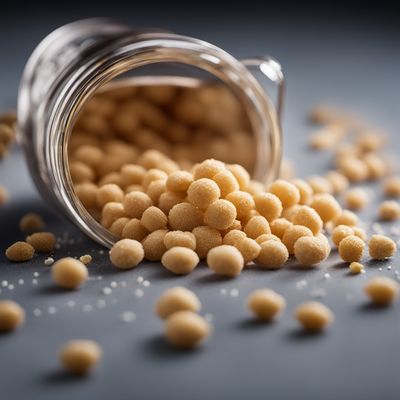
Modified starch
The Versatile Transformations of Starch

Raising agents
The Magic Behind Culinary Rise: Unveiling the Secrets of Raising Agents

Humectant
The Moisture Magician: Unveiling the Power of Humectants

Propellent gas
The Power Behind the Spray: Unveiling the Secrets of Propellent Gas

Emulsifying salts
The Magic of Emulsifying Salts
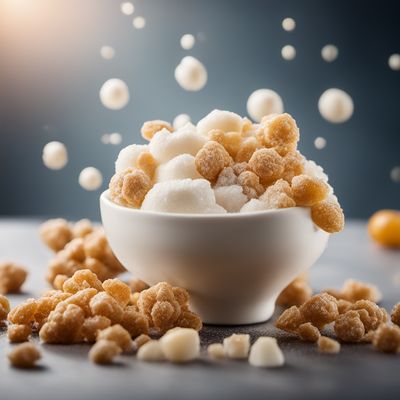
Anti-foaming agent
The Silent Hero: Taming the Bubbles in Your Culinary Creations

Bulking agent
The Secret to Fluffy Delights: Bulking Agent

Emulsifier
The Harmony Enhancer

Acid
The Tangy Elixir: Unleashing the Power of Acidity in Culinary Delights
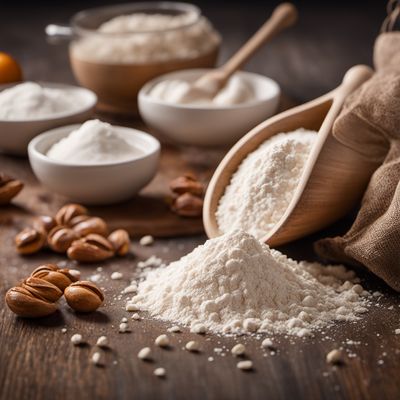
Flour treatment agent
The Secret Ingredient for Perfect Baked Goods
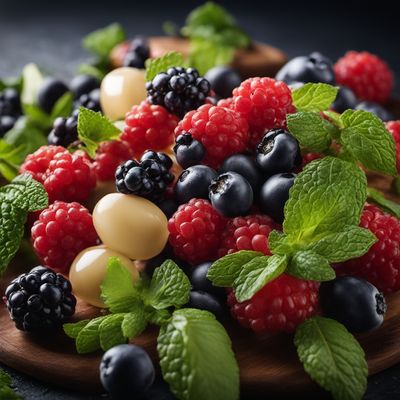
Antioxidant
"Nature's Defense: Unleashing the Power of Antioxidants"
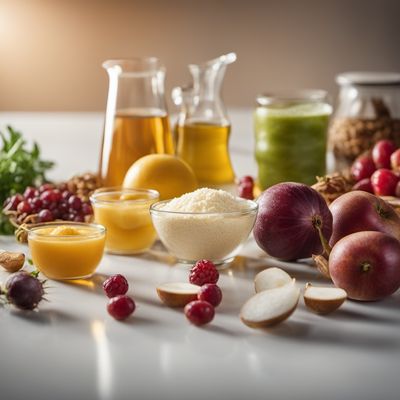
Acidity regulator
The Balancing Act: Understanding Acidity Regulators